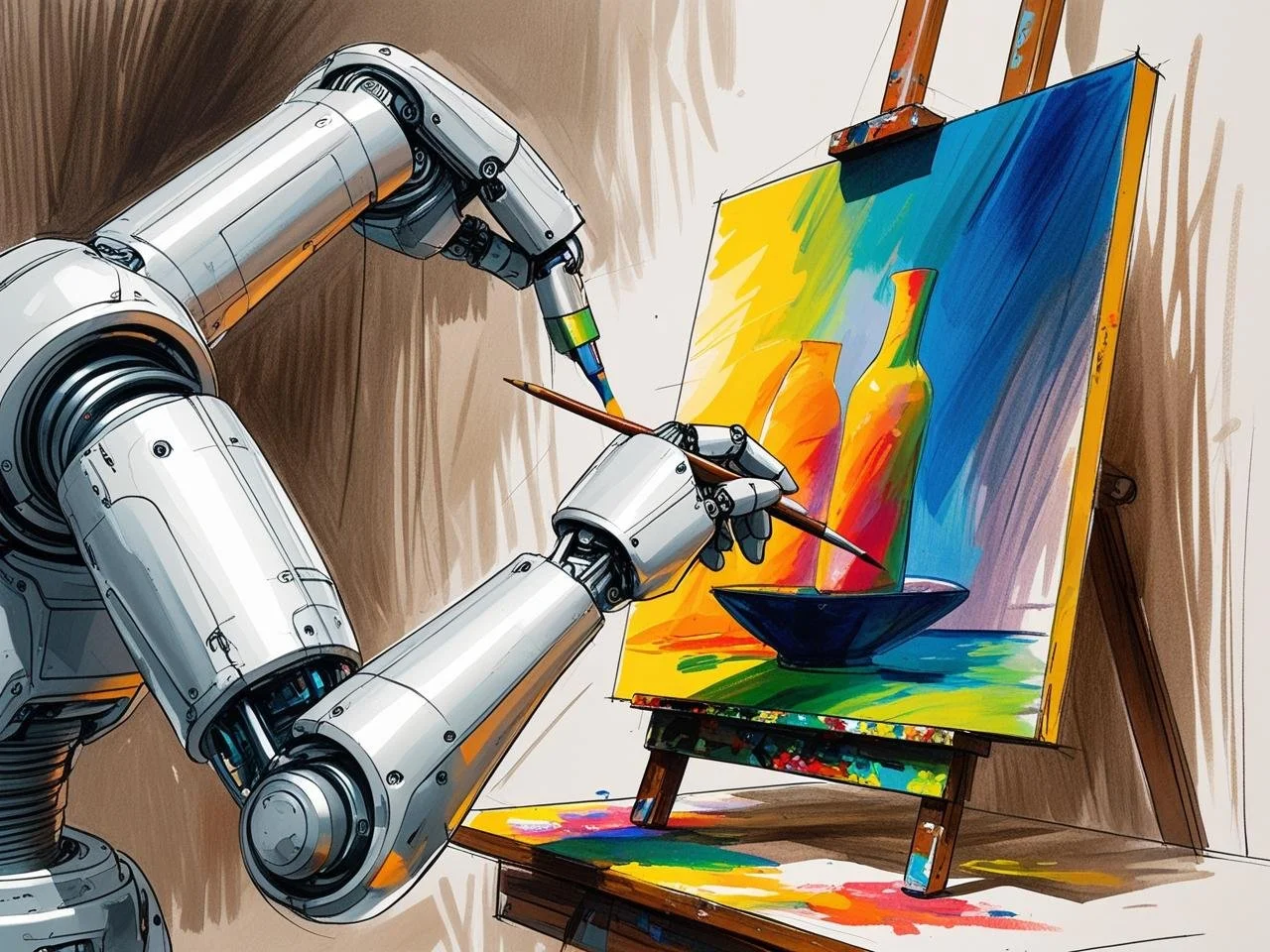The creativity crisis
Creativity has long been seen as a uniquely human trait, tied to our unique experiences, world views and emotions. But what happens when AI, like ChatGPT, can generate original movie plots, catchy song titles, and imaginative narratives more efficiently than humans? Enter, the creativity crisis. While AI offers an innovative tool for artists, it also raises significant issues around originality, authorship and the future of human creativity.
A striking response to this crisis emerged this week, when over 1,000 British musicians including Kate Bush, Paul McCartney and Damon Albarn released an album titled ‘Is This What We Want?’. The album comprises twelve silent tracks, symbolising a protest against proposed UK legislation that would permit technology companies to utilise copyrighted works for AI training without explicit consent from creators. The artists argue that such laws could erode their creative control and jeopardise the livelihoods of those in the creative industry.
The distinction between AI-generated and human-created art has become increasingly ambiguous. Photographer Miles Astray highlighted this by submitting a genuine photograph titled “F L A M I N G O N E” to the AI category of the 1839 awards. The image, capturing a flamingo with its head seemingly missing, secured third place and the People’s Vote award. Astray’s revelation that the photo was not AI-generated sparked discussions about the challenges in distinguishing between human and AI art, emphasising the need for clearer guidelines.
As AI continues to evolve, the creative community faces a pivotal choice: resist the encroachment of AI to preserve traditional artistic practices or embrace collaboration, integrating AI as a tool. Some artists, like Grimes, have explored the potential of AI to transform art, suggesting that while AI poses challenges, it also offers opportunities for new forms of expression and innovation. The path forward requires a nuanced approach that balances technological advancement with the protection of artists’ rights, and the preservation of the intrinsic value of human creativity.

